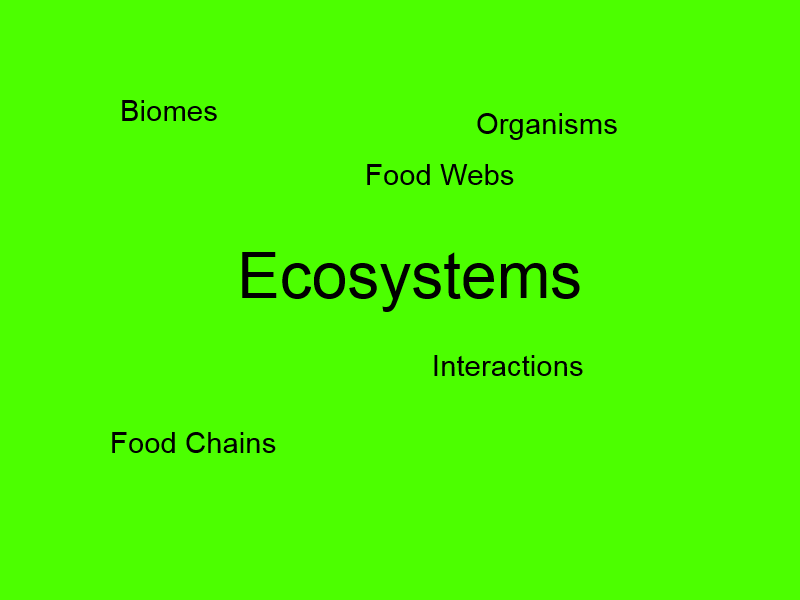Interactions that take place in Ecosystems
What are Symbiotic Relationships?
A symbiotic relationship is a relationship between two organisms that is formed because one organism is benefited by the relationship. There are many kinds of symbiotic relationships
Parasitism
Parasitism is a kind of symbiotic relationship. In this case, one organism is benefited and one is harmed. The organism that is benefited is called the parasite, and the organism that is harmed is called the host. Fleas suck blood from animals such as dogs. This is an example of a parasitic relationship. In this case, the flea is the parasite. It is benefiting because of the supply of blood that it gets from the animal. The animal that the flea sucks blood from is the host. It is harmed because of the loss of blood due to the flea.
Most parasites do not intend to kill their host. They rely on their host to survive. However, there are some instances when the host is killed. For example, many wasp species lay their eggs on other organisms. The eggs feed on the organism, which is the host, until they hatch. Eventually, the host dies due to lack of nutrients.
Commensalism
Commensalism is a symbiotic relationship in which one organism is benefited, and one is not affected at all. For example, American bison and cowbirds have a commensalistic relationship. Bison are large animals that roam in herds. Every animal has to move out of the way of a herd of bison. Cowbirds move along with these bison and stay near their feet. As insects move out of the way of a bison’s hooves, the cowbirds eat them. The cowbirds are benefited because of their free meal, but the bison is not benefited or harmed in any way.
Mutualism
Mutualism is a symbiotic relationship in which both organisms are benefited. There are many fish that eat parasites and dead skin off larger fish. Both species of fish are benefited. The “cleaner fish” gets a free meal from the larger fish, and the larger fish gets rid of harmful parasites that are on it. The larger fish also protect the cleaning fish from predators.
These three types of interactions are found in ecosystems all over the world.

Leave a comment
You must be logged in to post a comment.